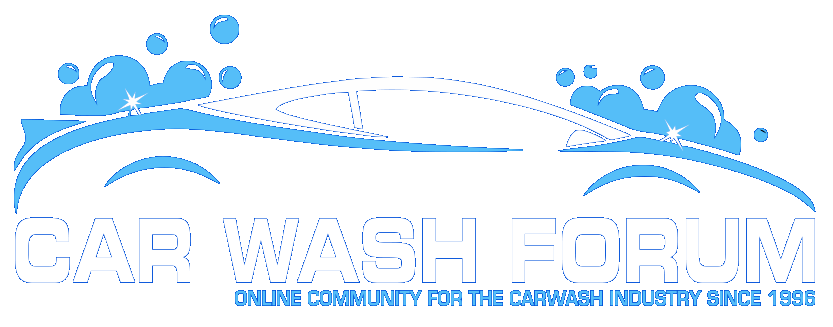In 1998, average annual industry revenue per employee was $73,000 and average wage was $26,800 or 37 percent.
In 2010, revenue per employee was $63,700 and average wage was $21,300 or 33 percent.
In other words, over the last decade, the typical carwash operator has become more efficient in using labor – roughly 4 percent so as percent of gross sales – industry-wide.
Today, the average wage for full-service line staff is about $9.00 an hour, excluding tips.
One way to address labor wages is to view staff as profit centers rather than cost centers.
For example, when I work with owners, we begin by identifying feasible ways to improve operations and standard procedures - the goal and objective is permanent elimination of non-essential work stations/staff positions.
Next, we identify feasible ways to maximize the revenue potential of each staff position.
For example, you can automate sales transactions, get rid of cashier, and allow CSA to focus on more productive activities like customer service, promotion, supervision, QC.
The end result of this process is usually fewer staff positions, higher average sales and lower labor revenue ratio.
The worst problem is trying to fight declining sales and/or rising costs by holding down hourly wages.
The better problem is to be saddled with higher hourly wages because you can afford to.




